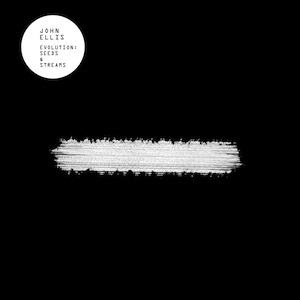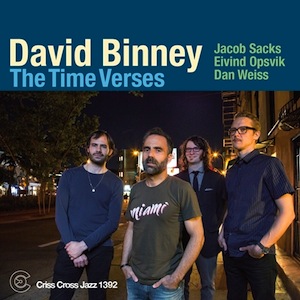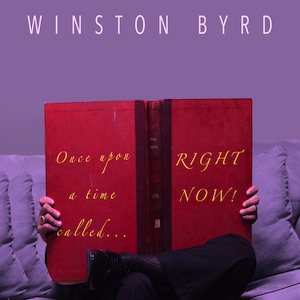Tom Harrell: trumpet, flugelhorn; Ambrose Akinmusire: trumpet; Charles Altura: guitar; Ugonna Okegwo: bass; Johnathan Blake: drums; Omer Avital: oud.
With more than 40 records under his belt and a career that spans nearly five decades, Tom Harrell, a deft cool-tone trumpeter and extremely skilled composer, has been spreading fragrances of quality within the jazz genre.
The multiple awards are a deserved recognition for his talent and dedication to an enthralling style that, despite centered on postbop and straight-ahead jazz, often searches for other sources of inspiration.
The variety of paces, textures, and moods found in Something Gold Something Blue, his new recording on HighNote Records, mirrors exactly that permissiveness and spirit of innovation.
In order to perform the eight originals and a rendition of the classic ballad “Body and Soul”, Harrell convened a group of rousing musicians – trumpeter Ambrose Akinmusire and guitarist Charles Altura are categorical new acquisitions for the quintet, while bassist Ugonna Okegwo and drummer Johnathan Blake are recurrent choices with the important mission of assuring a sensitive, stabilized rhythm flow.
The opening number, “Circuit”, registers a short theme statement designed with horn alignments laid over the surefooted foundation built by Blake’s nervy drumming and Okegwo’s propulsive plucking. Among the soloists, Harrell stands out due to the playfulness and detachment of his gestures.
While “Travelin” accepts the term ‘song’ for itself in accordance to the exposed guitar chords and facile melodies, “Trances” is no less than an adventurous fantasy composed of rich harmonies, nuanced grooves, and seamless fluctuations in tempo. After the introductory percussive proclamation, Blake maintains composure between the alternating 6/8 and 4/4 sections with the help of Altura’s warmly-amplified voicings. Moreover, Akinmusire and Harrell’s trumpet solos coexist with color, purpose, and zero conflict.
Through the ethnic fusion of “Delta of the Nile”, a winding Middle Eastern narrative that counted on special guest Omer Avital on oud, Harrell takes us to other parts of the globe. Yet, the mood shifts again with “View”, an uplifting locomotion fabricated with complex and arresting accentuations, and with “Sound Image”, whose touches of funk and Brazilian bossa emit amiable vibes.
The swinging “The Vehicle”, moving in a more traditional way, closes the album.
Simultaneously, Harrell assures powerful individual contributions from his likes and exceptional group dynamics.
His remarkable compositional creativity, instrument control, and musical adventurism are all here to turn this recording into a spellbinding modern classic. Mandatory!
Grade A+
Label: HighNote Records, 2016
Favorite Tracks:
03 – Trances ► 04 – Delta of the Nile ► 08 – Sound Image








































